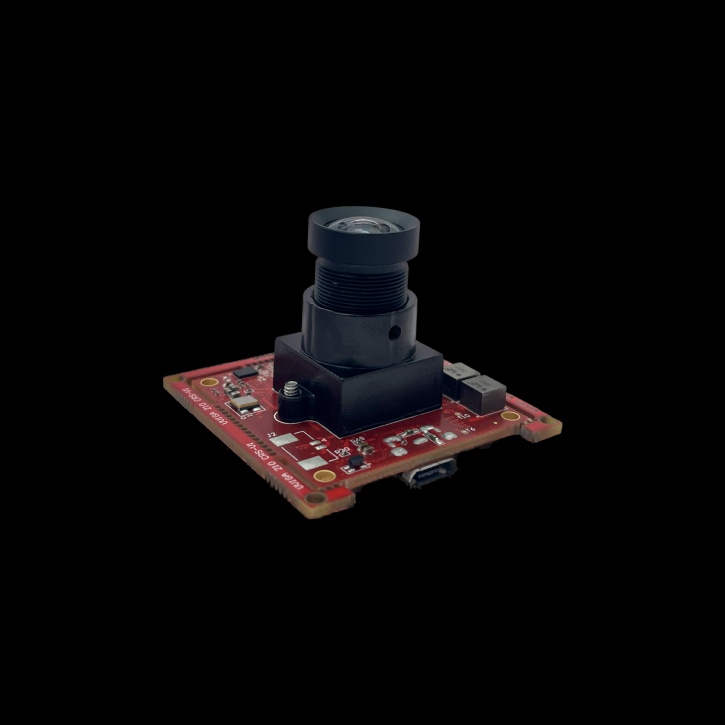Embedded cameras have become ubiquitous in our lives, seamlessly integrated into our smartphones, laptops, tablets, and even IoT devices. These tiny marvels capture moments, enable video calls, enhance security, and power innovative applications like augmented reality. However, their journey from simple pixel sensors to intelligent vision systems powered by AI has been a fascinating evolution.
At the heart of this evolution lies the MIPI camera interface, a standard developed by the MIPI Alliance to enable seamless connectivity between cameras and host devices. MIPI cameras have played a pivotal role in the advancement of embedded camera technology, offering high-speed data transfer and low-power consumption, essential for mobile and battery-powered devices.
Early embedded cameras were primarily focused on capturing still images. The race was on to pack more pixels into smaller sensors, leading to advancements in image resolution and quality. Consumers marveled at the increasing clarity of their smartphone photos, thanks to innovations like backside-illuminated (BSI) sensors and multi-lens setups.
As smartphones evolved into powerful computing devices, the role of embedded cameras expanded beyond mere image capture. Video recording capabilities improved, enabling users to shoot high-definition videos and even livestream their experiences. MIPI camera interfaces facilitated this transition by providing the bandwidth necessary for transmitting large video files quickly and efficiently.
The integration of AI into embedded cameras marked a significant turning point in their evolution. Instead of relying solely on traditional image processing techniques, cameras began to leverage machine learning algorithms to understand and interpret the visual world. This ushered in a new era of intelligent cameras capable of recognizing faces, detecting objects, and even understanding scenes in real-time.
One of the key drivers behind the AI revolution in embedded cameras is the increasing demand for smart devices with enhanced capabilities. From autonomous vehicles to smart home systems, MIPI cameras equipped with AI algorithms are enabling a wide range of applications that were once considered futuristic. For example, embedded cameras with facial recognition technology are being used for secure authentication and access control in smartphones and laptops.
The proliferation of edge computing further accelerated the adoption of AI in embedded cameras. By processing data locally on the device instead of relying on cloud servers, cameras can deliver real-time insights without compromising user privacy or requiring a constant internet connection. MIPI camera interfaces play a crucial role in this paradigm shift by providing high-speed data transfer between the camera sensor and the onboard processing unit.
Looking ahead, the future of embedded cameras seems poised for even greater innovation. Advances in sensor technology, coupled with breakthroughs in AI and computer vision, will continue to push the boundaries of what's possible. From augmented reality glasses to intelligent surveillance systems, embedded cameras will play an increasingly integral role in shaping our interconnected world.
For more details,
https://www.vadzoimaging.com/embedded-cameras


No comments yet